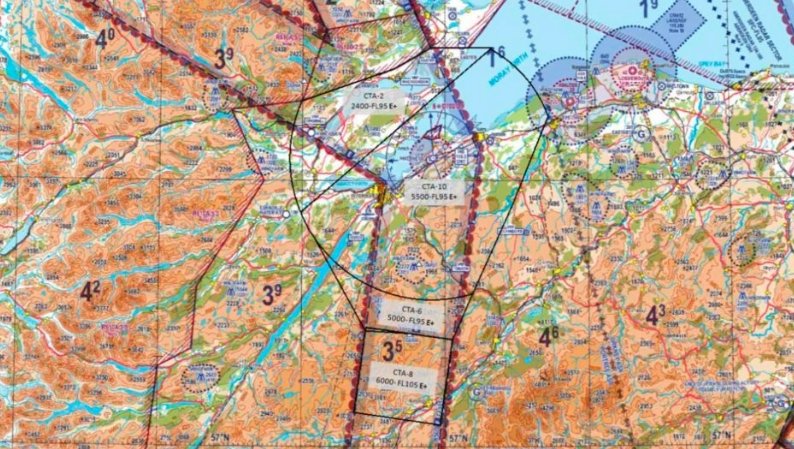Scotland launches a major update to its outdated airspace from the 1950s, focusing on routes over Edinburgh and Glasgow to cut noise and emissions. This effort by local airports and air traffic experts aims to make flights more efficient and eco friendly, with public input open now through early 2026.
What the Modernisation Plan Involves
The Scottish Airspace Modernisation program brings together Edinburgh Airport, Glasgow Airport, and NATS, the main air traffic provider in the UK. They plan to redesign departure and arrival paths that have not changed much since the 1950s. Modern planes still follow old routes that make them fly extra miles and burn more fuel than needed.
This work splits tasks clearly. The airports handle paths below 7,000 feet for takeoffs and landings. NATS takes over above that height to link into the wider sky over Scotland. The changes cover a huge area of 61,000 square kilometers that sees over 200,000 flights each year. Experts say this setup will help handle busy traffic better as air travel grows.
Local leaders stress that the plans came from talks with nearby communities. They want to balance growth at the airports with less bother for people on the ground. For example, new paths could steer planes away from quiet spots and follow tech that guides them straight and true.

Key Benefits for Environment and Travel
The overhaul promises real gains in cutting pollution and saving time. Planes on shorter routes will use less fuel, leading to lower carbon output. NATS estimates this could save about 18,000 tonnes of CO2 every year. That amount matches the power needs of around 5,000 average homes.
Delays should drop too. Holding patterns, where planes circle before landing, might fall by more than 7 percent. This means quicker trips for passengers and less frustration at busy times.
Here are some main advantages:
- Reduced noise levels for homes near the airports.
- Lower fuel use per flight, helping fight climate change.
- Smoother connections to other UK and European routes.
- Better safety through precise navigation tools.
To show the impact, consider this table of expected changes:
| Aspect | Current Situation | Proposed Changes |
|---|---|---|
| CO2 Emissions | Higher due to longer routes | 18,000 tonnes saved annually |
| Holding Time | Up to 7% more delays | Reduced by over 7% |
| Flight Distance | Extra miles on outdated paths | Shorter, direct routes |
| Annual Flights | Over 200,000 in key area | More efficient handling |
These updates tie into recent pushes for green travel in the UK. For instance, similar efforts at Heathrow have already cut emissions by thousands of tonnes since last year.
How the Public Can Get Involved
People in Scotland now have a chance to shape these plans through a big consultation. It started on October 20, 2025, and runs until January 25, 2026. Folks can join online surveys, attend virtual meetings, or go to in person events in places like Edinburgh and Glasgow.
The Airspace Change Organising Group calls this a key step in the process. They want feedback from residents, businesses, and travelers to make sure the routes fit local needs. Maps and tools online let you see how paths might shift and check noise levels at your spot.
Airport bosses like Gordon Dewar from Edinburgh and Mark Beveridge from Glasgow say they built the ideas with community input from the start. This helps avoid past issues where old paths upset neighborhoods. Early talks showed worries about noise, so the designs aim to ease that.
Ties to UK Wide Goals and What Lies Ahead
This Scottish push fits into a larger UK plan to modernize all airspace by the end of the decade. The government and Civil Aviation Authority drive it to make air travel quieter and cleaner nationwide. Scotland’s busy skies rank high in UK traffic, so updates here will ease pressure on the whole system.
Lee Boulton from NATS notes that above 7,000 feet, the area sees heavy use. Modern tech like satellite guidance will help planes zip through without jams. Mark Swan from the organizing group sees it as a milestone for safer, greener flights.
Looking forward, if approved, new paths could roll out by 2027. This might boost tourism and business travel to Scotland while cutting the carbon footprint. It also links to other recent moves, like new electric plane tests at smaller Scottish fields earlier this year.
Share your thoughts on these airspace changes in the comments below. What do you think about the plans for Edinburgh and Glasgow? Pass this article along to friends who fly often.


















